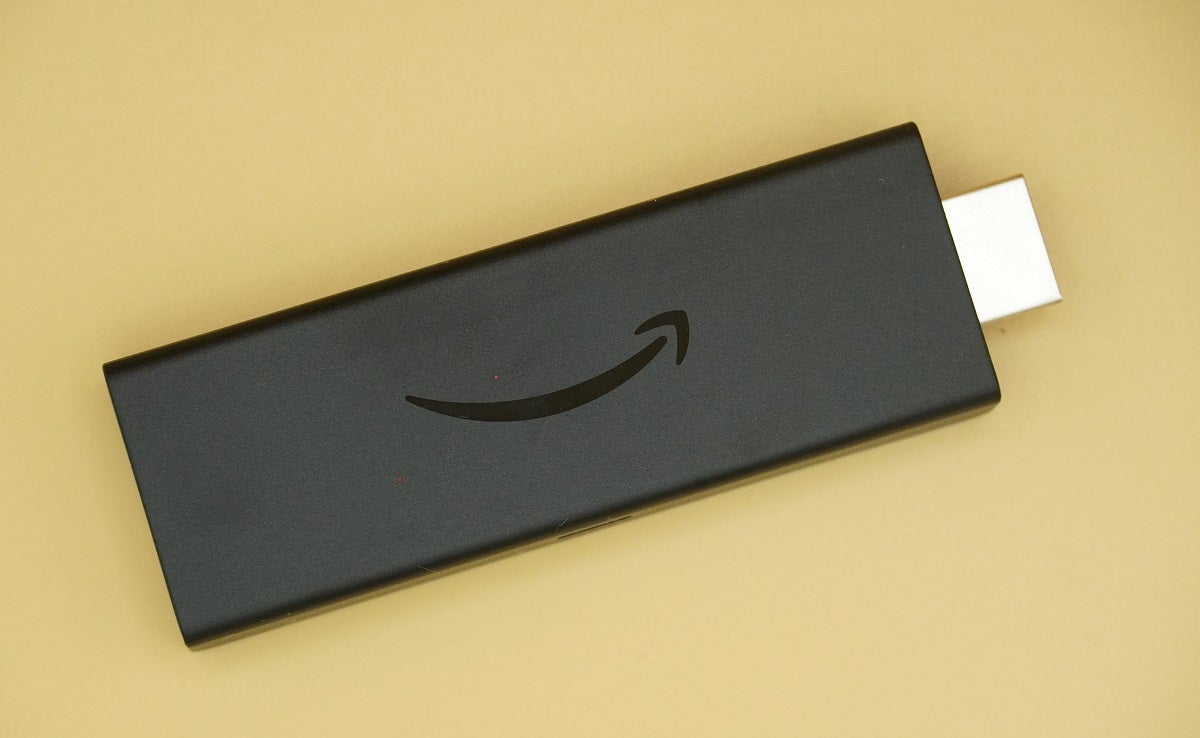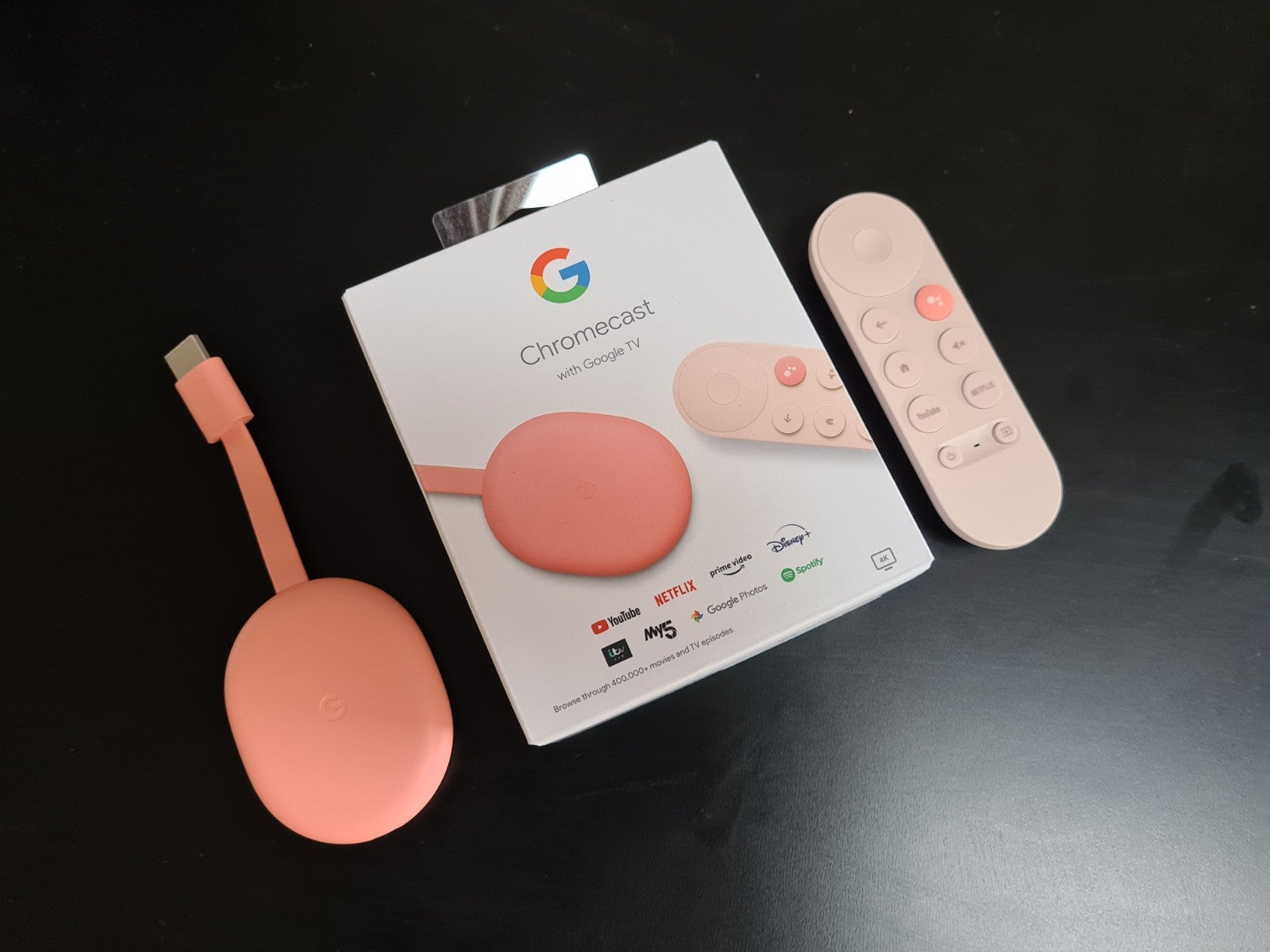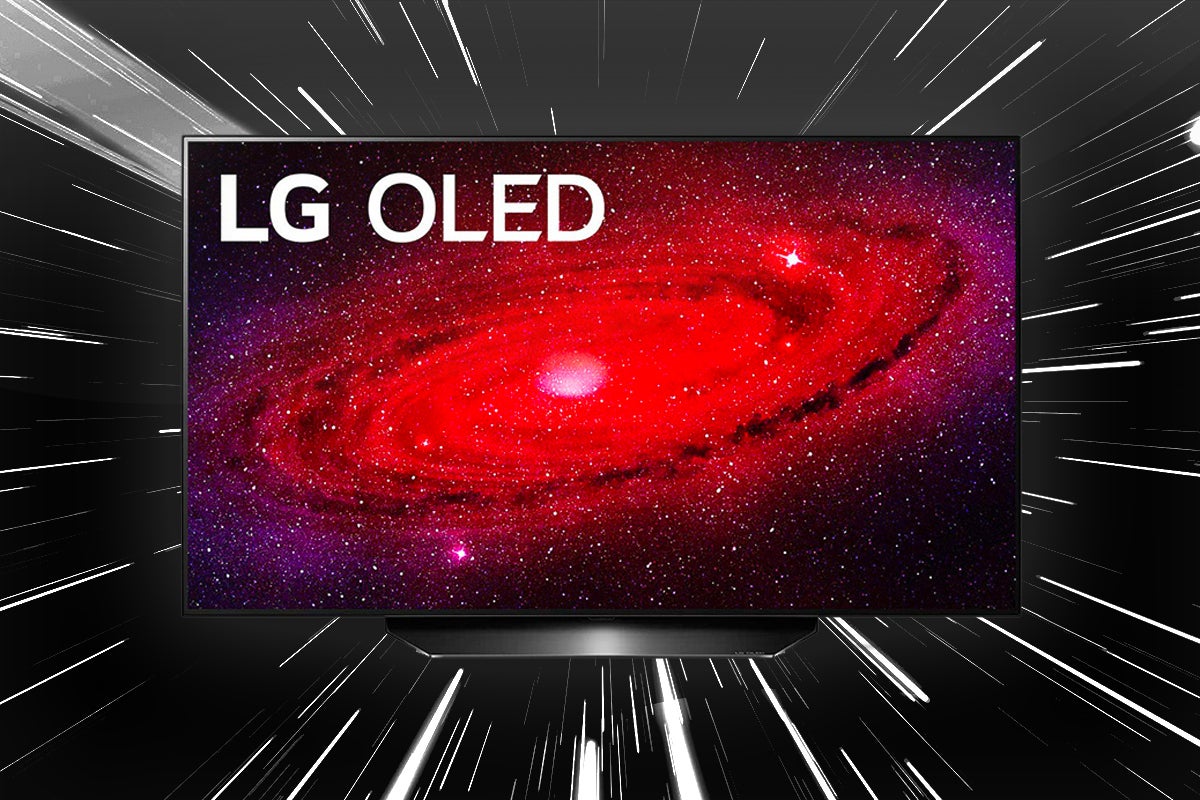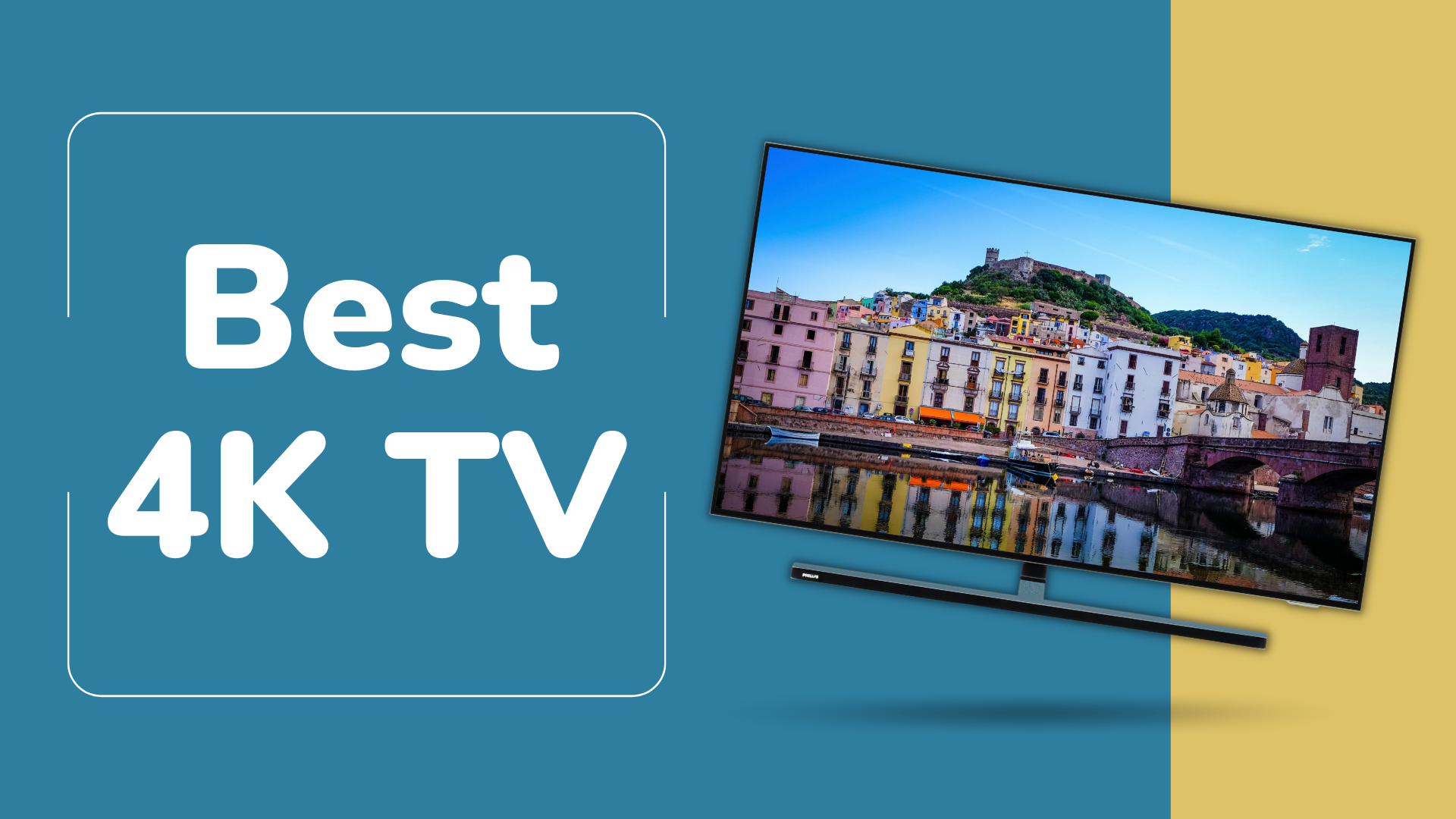Best Streaming Devices 2024: The top choices tested and reviewed
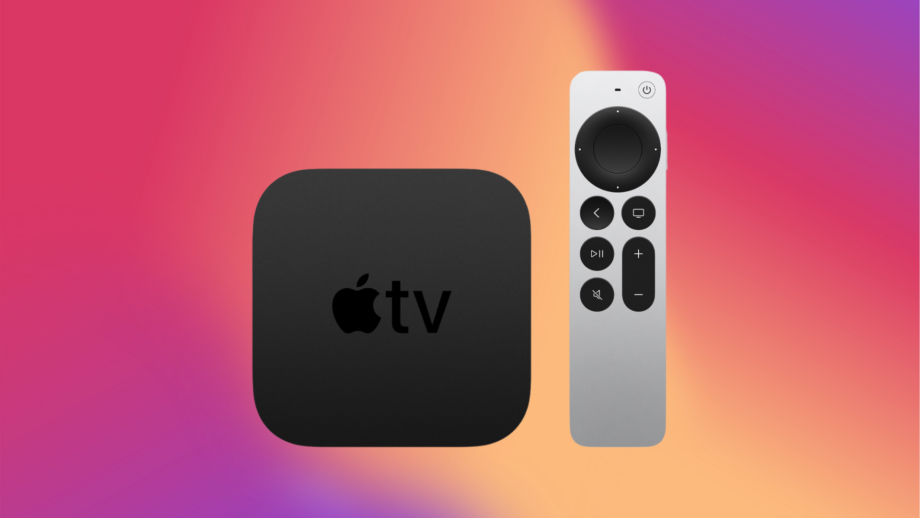
If you’re looking for the best video streaming device for your home, you’ve come to the right place. Keep reading to discover our top recommendations when upgrading your streaming experience.
There are two standout reasons you may want to invest in a streaming device for your household. Whether you love your TV but don’t get on with the interface or you want to enjoy apps and services that are missing from your TV’s built-in app store, we’ve got the video streamer for you.
It’s important to note that not all streaming devices are equal. You can expect different specs, features and app support depending on the brand, model and price you pay. For example, while some video streamers support specific HDR formats, others offer no HDR support at all.
The same goes for features like voice assistants and smart home control, with the latter being crucial if you want your TV and streamer to integrate properly into your smart home setup.
With all manner of big names from Apple to Google and Sky to Amazon present in the market with their own streaming devices at varying price points, its important you weigh up the pros and cons before deciding on a streaming device – which is where this guide comes in.
We look at a range of factors when reviewing a streaming device, including the design, setup process, interface, streaming quality and app support, allowing us to get a full understanding of the streaming experience. You’ll find all of our favourite picks in this list, including the best premium video streamer, the best affordable 4K HDR streamer and the best home cinema streamer.
Keep reading to discover our best streaming devices at a glance or scroll down further for a summary of each device, along with pros, cons and links to our complete, in-depth reviews.
We’d also recommend checking out our other best lists, including the best Fire TV streamer, the best 4K Blu-ray players and the best TVs.
Best streaming devices at a glance
- Best streamer for Apple users: Apple TV 4K (2022) – check price
- Best home cinema streamer: Amazon Fire TV Cube 3rd Gen – check price
- Best premium video streamer: Sky Stream – check price
- Best streaming stick for Amazon users: Amazon Fire TV Stick 4K Max – check price
- Best affordable 4K HDR streamer: Roku Streaming Stick 4K – check price
How we test
We stream a lot video and a lot of audio, but, as with any product that needs plugging into another, we unpack the streaming devices and check what connections and accessories it has. Does it come with HDMI cable? Can it be powered by a TV’s USB port? Is there a need for an HDMI extender to plug it from the wash of cables around the rear of a TV? Aesthetics don’t count much for streaming devices, but functionality does.
And then there are the means of operating the device. We’re interested in the quality of the remote, its responsiveness and feel. If there’s voice control we use that to see if it’s quicker or easier than navigating with just the remote.
Of course, there’s the interface for the streaming device itself, and we use it extensively, just like any owner would, digging into how fluid and responsive it is, and whether it’s easy to find what you want. The advent of voice control ensures we’ll be testing how well the microphones receive our voices, how accurate the response from the voice assistant is, and how the digital assistant responds to commands.
Buffering is an aspect we consider, how speedy the device can be when loading up a stream (this, of course, is dependant on your internet speed). We’ll scour the app library to see which apps are supported and how it compares to other options on the market.
Then it’s time to actually watch and listen. Streaming devices can have an effect on picture but not necessarily a great one, and are reliant on the quality of your home cinema kit. Nevertheless, we’ll pay attention to the video, HDR and audio formats that are supported, assessing whether the streamer has everything you need to watch and hear your favourite content in the best way possible.
Finally, every element is judged against the price. If a streamer represents good value generally, we’ll be a little more lenient on aspects we’re not fans of. If it’s expensive, then the streamer has to put in a suitably powerhouse of a performance.
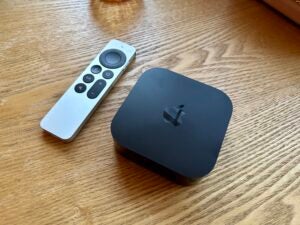 Best streamer for iOS users
Best streamer for iOS users
- Superb performance that should keep it fast for years
- All the biggest streaming apps are supported
- Fantastic UI
- HDR10+ support will please Samsung TV owners
- Optional super-fast Ethernet port
- Still pricier than many of its rivals
- No HDR for BBC iPlayer
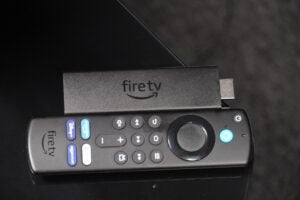 Best streaming stick for Prime users
Best streaming stick for Prime users
- Excellent streaming performance
- UI speed improved over older models
- Bundle of entertainment apps
- Supports all major HDR formats
- Wi-Fi 6 compatible
- Prime customers best served to get the most from it
- Some might not dig the amount of ads
- No High-res audio support
- £5 more expensive than standard Fire TV 4K
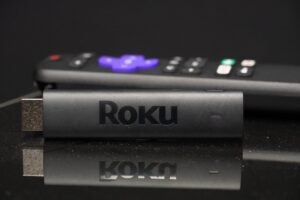 Best affordable 4K streamer
Best affordable 4K streamer
- Affordable
- Excellent streaming performance
- Good feature set and app selection
- Supports all main HDR formats
- Stable Wi-Fi connection
- Remote could feel better to use, only controls Roku stick
- Missing a few apps here and there
- No HDMI extender (but one is available)
 Best premium streaming device
Best premium streaming device
- Democratic approach to content discovery
- Accessible interface
- Dolby Vision and Atmos support
- Stable streaming performance
- Costs add up with add-ons
- Additional pucks eat up more bandwidth
- Interface is a little sluggish at times
 Best home cinema streamer
Best home cinema streamer
- Swift and powerful performance
- Hands-free Alexa
- Excellent AV performance
- Addition of HDMI input
- Looks better than previous models
- More expensive
- Optional Alexa Pro Remote
- Fire TV interface is too dense in current incarnation
- Super Resolution has minimal effect

Apple TV 4K (2022)
Best streamer for Apple users
Pros
- Superb performance that should keep it fast for years
- All the biggest streaming apps are supported
- Fantastic UI
- HDR10+ support will please Samsung TV owners
- Optional super-fast Ethernet port
Cons
- Still pricier than many of its rivals
- No HDR for BBC iPlayer
Even though it sits as the priciest entry on this list, the Apple TV 4K (2022) more than makes up for its price tag with an abundance of must-have features and a premium level performance that decimates the competition.
For starters, the updates streaming box now has the super fast A15 Bionic chipset inside, which makes the process of blitzing through menus an absolute breeze – and handy if you like to get a good bit of browsing in before deciding upon what to watch.
That chipset performance also extends to the video quality. On all TV sets that we used to test the Apple TV 4K, ranging from a budget set to a high-end OLED TV, Apple’s device was able to put out punchy, crisp visuals that made the viewing experience a true delight on all occasions.
There’s also a dedicated Ethernet port on the more expensive 128GB model, which is essential if you want a more stable internet connection when streaming high-data 4K video.
The device is slightly smaller than it’s predecessor, and while this isn’t the type of change you you’d notice on a regular basis, it does come in handy if you decide to transport the Apple TV 4K from one location to another.
If you’re not already clued into the Apple ecosystem then there’s no need to worry – unlike Apple’s other products like the AirPods Pro 2 or the Apple Watch Series 8, you don’t need other Apple products to make the most of it. The core experience of the Apple 4K TV is so good that it’s an easy one to recommend to almost anyone.
Reviewer: Max Parker
Full Review: Apple TV 4K Box (2022)

Amazon Fire TV Cube (2022)
Best steamer for home cinema users
Pros
- Swift and powerful performance
- Hands-free Alexa
- Excellent AV performance
- Addition of HDMI input
- Looks better than previous models
Cons
- More expensive
- Optional Alexa Pro Remote
- Fire TV interface is too dense in current incarnation
- Super Resolution has minimal effect
The latest Fire TV Cube replaces the 2019 model and features improvements from its design to its roster of connections and features. If you’re looking for a video streamer that can knit your various home cinema kit to function as one whole, this would be the streamer we would recommend.
It does come with a bump in price over the previous model, jumping to £139 / $129, though that’s not as expensive as the Apple TV 4K box.
Nevertheless, the 3rd Gen Cube is much more attractive, ditching the predominantly plastic look of before with a wraparound fabric material that makes the Cube look a stylish part of any home cinema system; a device you might even consider keeping in front of your TV rather hidden behind it.
The biggest feature of the Cube has always been its hands-free Alexa capabilities and the built-in microphone easily hears your queries and fetches results for you. If you prefer to turn Alexa off, you can do switch the microphones off by pressing a privacy button on the device.
We’re not too fond of Amazon’s Fire TV interface and its focus on Prime Video and Freevee content. In that respect, Sky Stream and Apple TV are much more democratic in terms of shepherding users to content from various providers, and approach we much prefer considering we pay for other subscriptions.
There’s an HDMI input included, the first of its kind we’ve seen on a streamer, which allows devices such as a PS5 to connect the Cube. It also recognises auto low latency mode for a quicker performance with games. Wi-Fi 6E compatibility allows for a stronger Wi-Fi performance if you have a compatible route. Even though we didn’t have one the performance was strong and stable over a wireless connection.
The Fire TV Cube supports HDR10+ and Dolby Vision, so it can optimise the picture for the best performance. Picture performance will depend on the calibre of your TV, but we found it to be very good with a Sony OLED. The audio performance is solid too, producing a detailed, balanced, and clear sound with both stereo and Dolby Atmos tracks.
Reviewer: Kob Monney
Full Review: Fire TV Cube (2022)
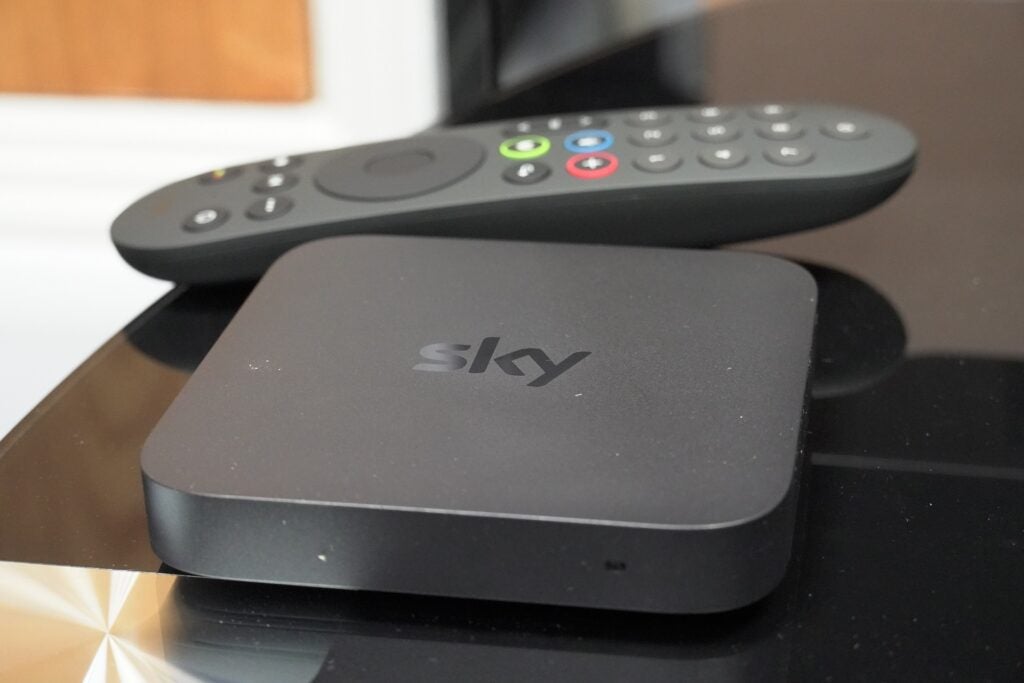
Sky Stream
Best premium video streamer
Pros
- Democratic approach to content discovery
- Accessible interface
- Dolby Vision and Atmos support
- Stable streaming performance
Cons
- Costs add up with add-ons
- Additional pucks eat up more bandwidth
- Interface is a little sluggish at times
The Sky Stream puck is the easiest way to get all the entertainment that Sky offers into your home. Having previously been an accessory to the Glass TV, Sky has made it available as a standalone streamer.
It is a small, simple device with few connections: just a HDMI output, Ethernet for hardwired connection to a router and terrestrial connection that can offer Freeview HD in case your internet goes down. Sky is a closed system and this device doesn’t offer the same level of connectivity options as an Android or Fire TV device can do, so if you’re more interested in customisation or adding external products to a streamer like headphones or a keyboard, you may want to look elsewhere.
The Entertainment OS interface is one of the best we’ve used on a streamer. Unlike Fire TV, this is a much more democratic interface, more interested in aggregating content from all services rather than putting any one ahead of another. Discovery has been improved with a few rejigs of the interface that positions the Playlist section towards the top. Playlist itself has been tweaked with the most recent episodes or series that you’ve added appearing first. We found these to be all sensible and cogent updates, though if we could change anything it’d be to have the Continue Watching rail higher up. In terms of using the interface, we found Sky Glass quicker whether scrolling through the menus or loading apps.
App selection isn’t as much as either Fire TV or Roku, though we could make the argument that it’s quality over quantity. Nevertheless, all the big hitters are present when it comes to video options, though sport and music options could be buffed up with more options.
Sky Stream supports HDR10, HLG and Dolby Vision HDR formats, leaving HDR10+ by the wayside. That means TVs that support HDR10+ won’t be able to get the most of their picture performance, but for everyone else the Stream puck puts in a very good performance with HD and 4K HDR content, though this is dependent on how good your TV is. There are high levels of detail and sharpness where required, satisfying clarity and strong colours with HDR content. No problems were had in terms of stuttering or freezing images.
On the audio front the Stream puck supports Dolby Atmos, but this is only available if you subscribe to the UHD package. We did notice some audio distortion with some programmes every now and then, though not to the point where it became a pressing issue. In terms of streaming music from the device we found the Fire TV Cube to be a clearer, sharper sounding device, though the Stream does sound livelier and gets stuck into low frequencies with more aplomb.
Reviewer: Kob Monney
Full Review: Sky Stream
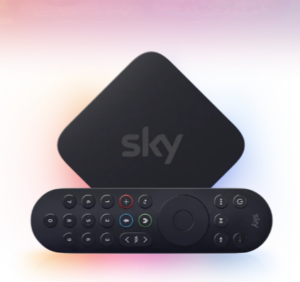
The Sky Stream is now available from £19 per month at Sky

Amazon Fire TV Stick 4K Max
Best streaming stick for Amazon users
Pros
- Excellent streaming performance
- UI speed improved over older models
- Bundle of entertainment apps
- Supports all major HDR formats
- Wi-Fi 6 compatible
Cons
- Prime customers best served to get the most from it
- Some might not dig the amount of ads
- No High-res audio support
- £5 more expensive than standard Fire TV 4K
If the home cinema ambitions of the Fire TV Cube aren’t of interest, and all you want is a stick to plug in and expand the entertainment options of your 4K TV, then the Fire TV Stick 4K Max is an excellent option.
It’s half the price of the Fire TV Cube, and its performance is similar, though you don’t get the hands-free Alexa support, nor do you get as much control over connected equipment. The Max model only supports power and volume options for a TV, soundbar and AV receiver.
Still, unlike the Cube, the Max is futureproofed with Wi-Fi 6 support ensuring it’s well-placed to take advantage of the faster Wi-Fi speeds those routers bring. It also has the Live view Picture-in-Picture mode, not available on the Fire TV Stick Lite or Fire TV Stick 3rd Gen, that shows a live feed of any connected smart camera/doorbell alongside what you’re watching.
There is a bounty of apps on the Fire TV platform, with all the usual suspects (and many more) accounted for. There are also lots of ads, which may annoy some given they’ve paid for Prime, but Amazon argues it helps in terms of flinging new content at users. Voice control is possible through the Alexa remote, and we found that it’s easier to call her up and find content or navigate through the menus than to use the buttons themselves.
Performance is similar to that of the Fire TV Cube, with punchy, colourful images, good detail and speedy navigation. Though what you see on screen will depend on the quality of your TV, the Max’s wide HDR support in Dolby Vision, HDR10+, HDR10 and HLG will ensure the display has the best chance of optimising the picture. Where the Cube has the edge is in how it handles compression in darker scenes, otherwise the two streamers are close in quality.
The Cube also offers better, more textured bass performance, but what the Max offers is still better than most other streamers we’ve listened too, offering more nuance and detail in its sound than the Roku Streaming Stick 4K.
Of course you’ll need to be a Prime subscriber to make the most of this streamer. And given the ubiquity of Alexa in products and smart ecosystems, the Fire TV Stick 4K Max also gets our vote over the Chromecast with Google TV for its smarts. It’s also the cheaper of the two.
Reviewer: Kob Monney
Full Review: Amazon Fire TV Stick 4K Max
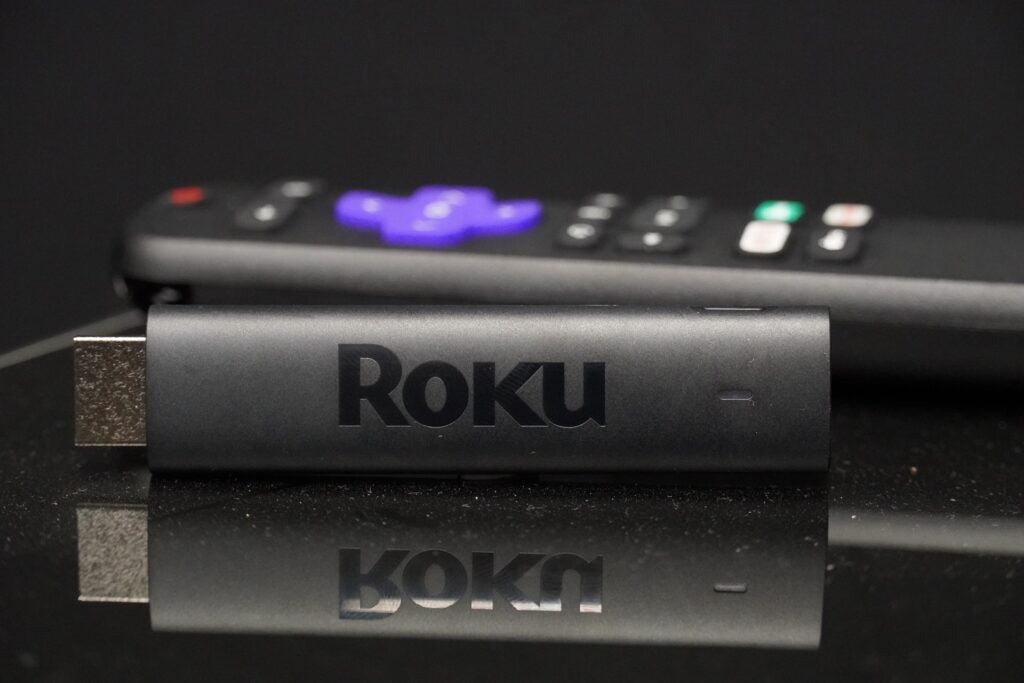
Roku Streaming Stick 4K
Best affordable 4K HDR streamer
Pros
- Affordable
- Excellent streaming performance
- Good feature set and app selection
- Supports all main HDR formats
- Stable Wi-Fi connection
Cons
- Remote could feel better to use, only controls Roku stick
- Missing a few apps here and there
- No HDMI extender (but one is available)
We include the Roku Streaming Stick 4K as an alternative to those who aren’t interested in Alexa smarts or Google interfaces. It takes a platform agnostic approach to streaming, happy to serve content from any app.
Like the Fire TV Stick 4K Max, it plugs into the HDMI port of your TV (or any device you want to plug it into). Surprisingly, it doesn’t come with an HDMI extender, something Amazon’s streaming sticks do have, but you can order one from the Roku website. We’re not big fans of the remote, the build quality is plasticky and the response from the buttons doesn’t feel great. While volume and power can be controlled, there’s no means to control other devices and you can’t use your TV remote to operate the Roku either. We’d suggest using the Roku app, as that is the more intuitive control method.
The interface feels very basic yet it works very well. It’s easy to find content (both paid-for and free), easy to customise the layout and is home to a big app library, although we’d wager Amazon has it beat in terms of app quantity. AirPlay and HomeKit are supported, so those with iOS devices will find it easy to slot the Roku into the Apple ecosystem. The Roku doesn’t natively support either Alexa or Google voice assistance, but its own voice search is very powerful and accurate in serving up entertainment.
It’s hard to choose between the Fire TV Stick 4K Max’s performance and the Roku, as both conjure similarly colourful and detailed images, and both support all the main HDR formats, so you’re getting the best performance the stick can provide. It’s in the audio department where the Amazon streamer edges things, producing a more nuanced and detailed performance, and it boasts MQA and Atmos support for Tidal streaming.
The Roku is a very good streamer, close to the quality of Amazon’s best Fire TV Stick, and if you’re not interested in Alexa smarts then the Roku is the smarter choice.
Reviewer: Kob Monney
Full Review: Roku Streaming Stick 4K
We also considered…
We’ve reviewed
See all reviewsFAQs
We’d say it depends on what you want. If you want simplicity and ease of use then we’d say Roku. If you want a wider app selection and smart features in the form of Alexa, then a Fire TV device is better.
You do not have to pay to access the Roku interface/device. You will have to pay for any app that incurs a month subscription, such as Disney+ or Spotify.


